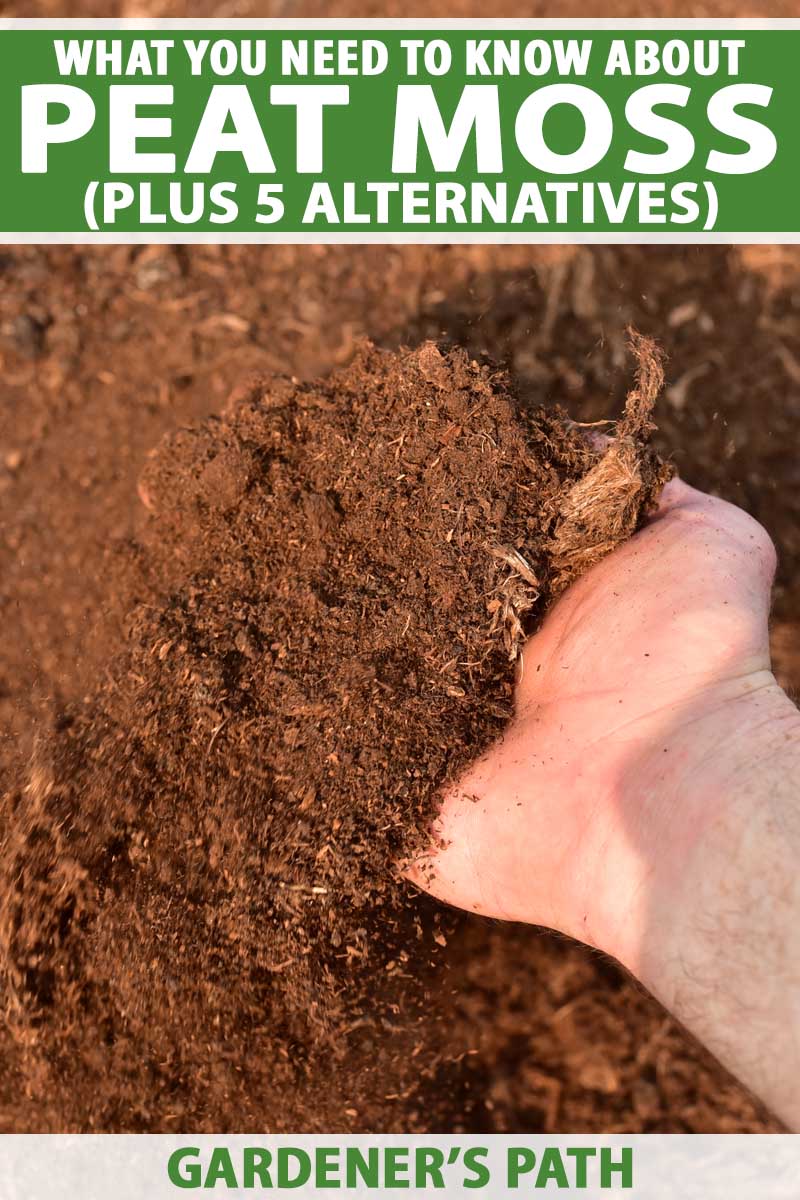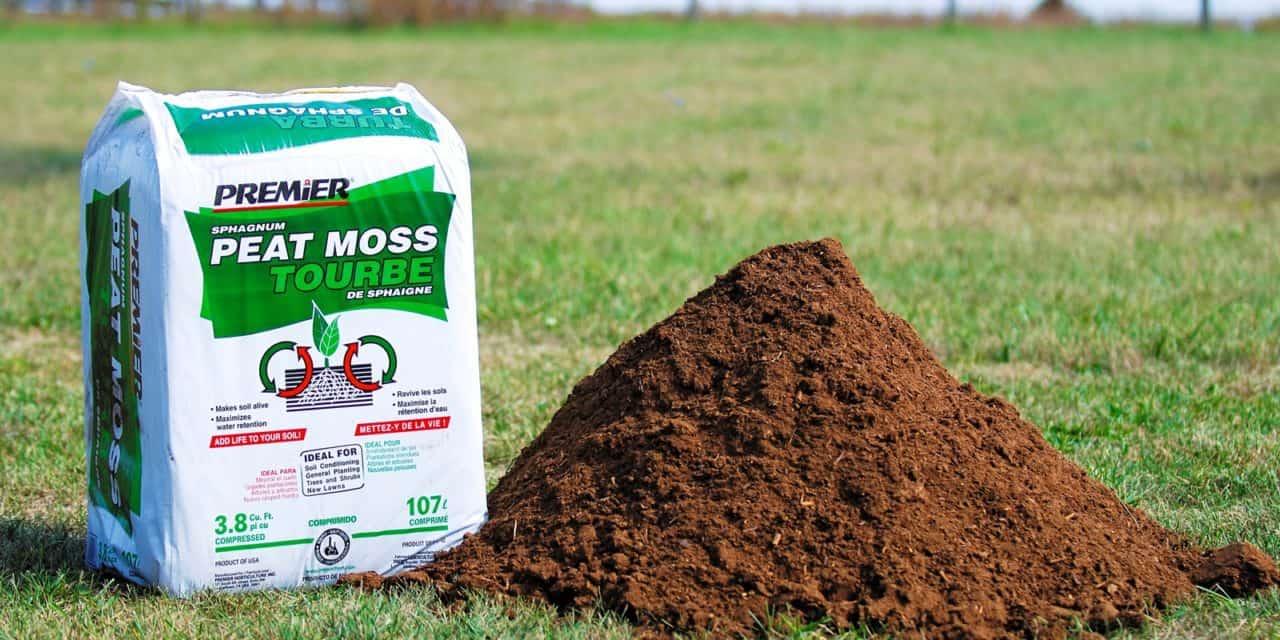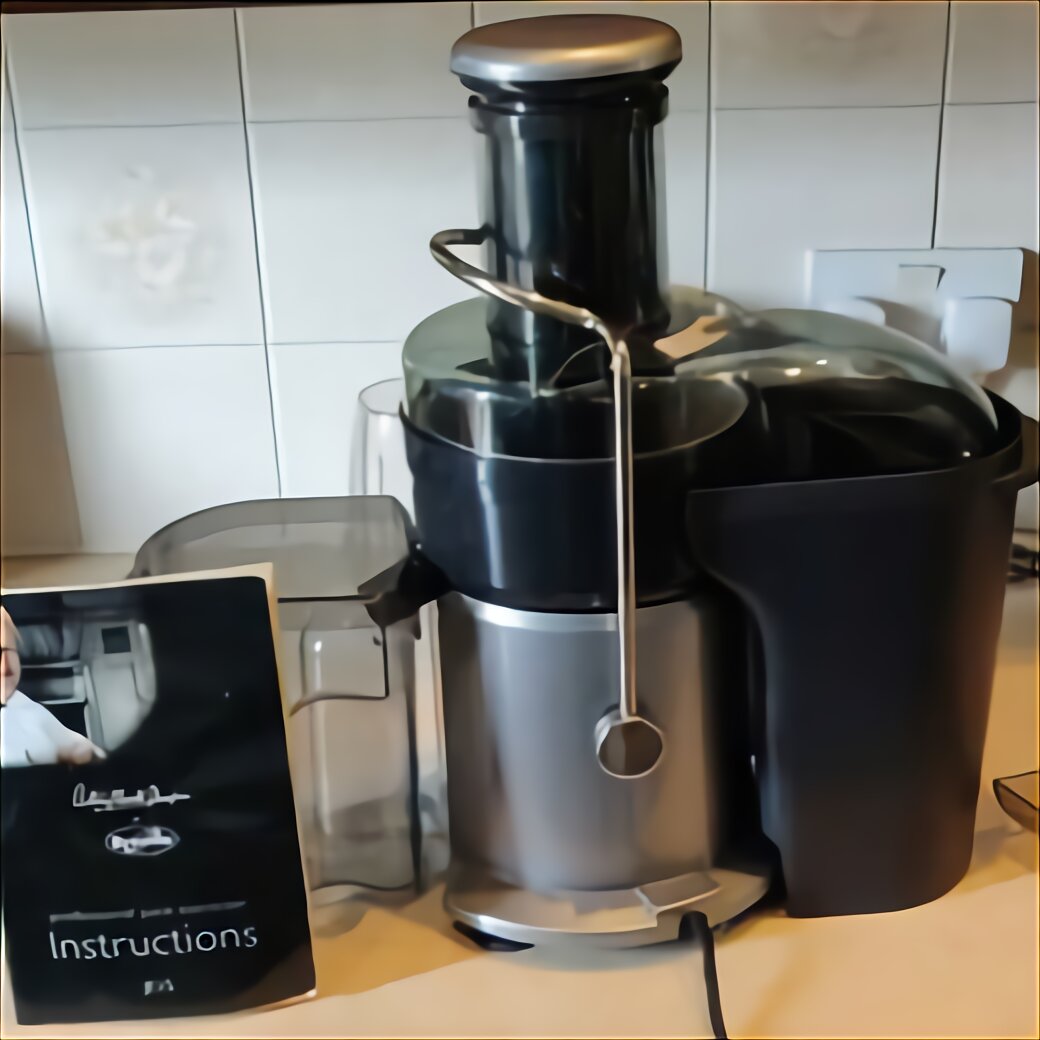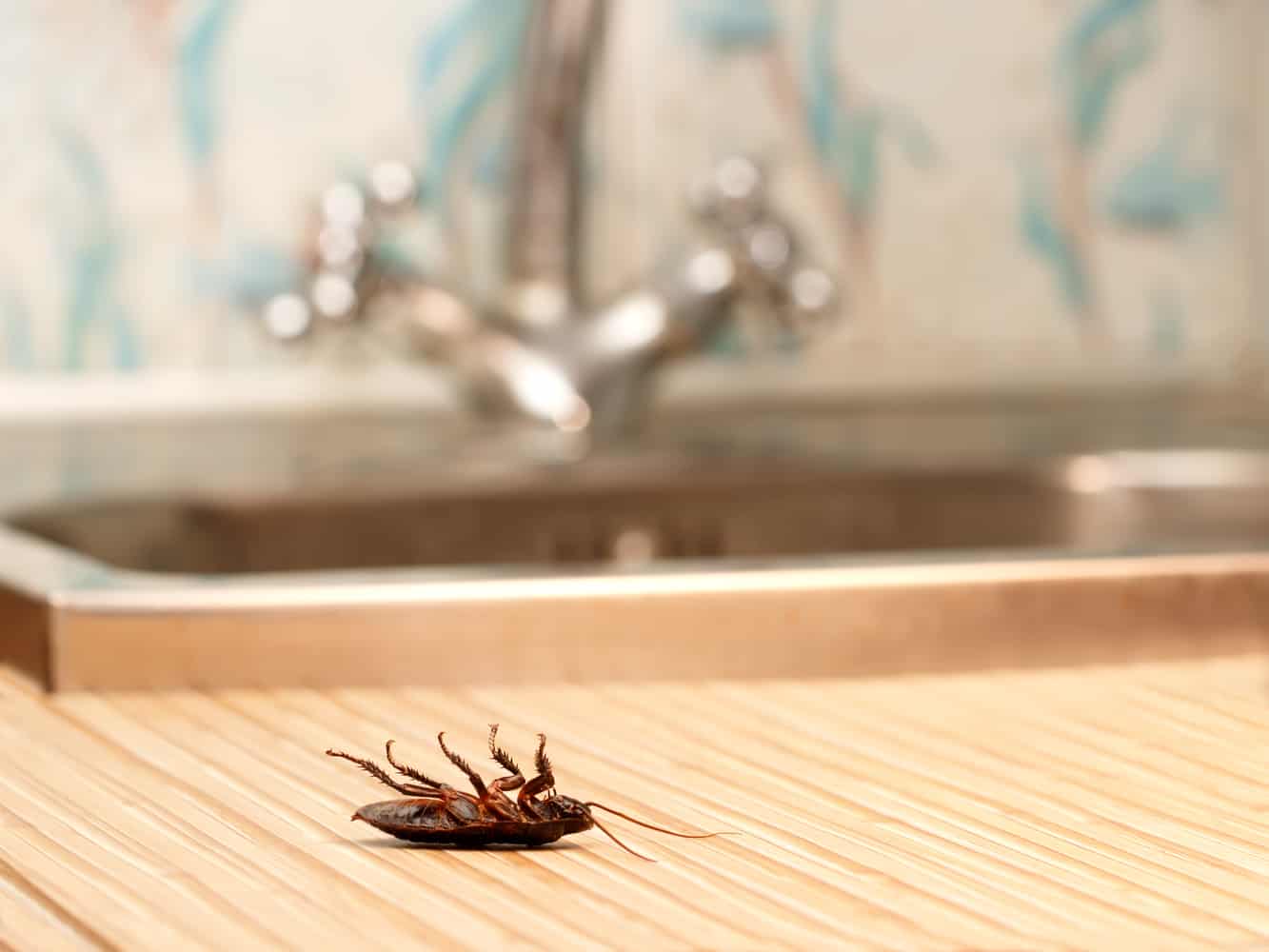When it comes to gardening, there’s always a debate about what materials to use and what to avoid. One such material that has been causing some controversy is peat moss. Some gardeners swear by it, while others avoid it like the plague. Here, we’ll discuss the pros and cons of using peat moss in gardening so you can decide whether it’s right for you.
First off, let’s talk about what peat moss is. It’s a type of organic material that’s harvested from bogs, where it forms from the decomposition of sphagnum moss. It’s used in gardening because it has a high water-holding capacity, making it great for retaining moisture in soil. It’s also acidic, which makes it ideal for growing acid-loving plants like blueberries and azaleas. However, there are some downsides to using peat moss.
One of the biggest cons of peat moss is that it’s not a sustainable material. The harvesting of peat moss can damage delicate ecosystems and release carbon dioxide into the atmosphere, contributing to climate change. In addition, peat moss takes centuries to form, so it’s not like we can just plant more sphagnum moss to create more peat moss.
Another downside to peat moss is that it’s not great for all types of plants. While it’s perfect for acid-loving plants, it can actually harm plants that prefer alkaline soil. In addition, because peat moss is acidic, it can lower the pH of your soil over time, which can be detrimental to some plants.
So, what are the alternatives to peat moss? There are several options you can choose from, depending on your gardening needs. One option is to use coconut coir, which is made from the fiber of coconut husks. It has a similar water-holding capacity as peat moss, but it’s a renewable resource and doesn’t contribute to climate change. Another option is to use compost, which is made from organic materials like kitchen scraps and yard waste. Compost is a great way to add nutrients to your soil and help your plants thrive.
In conclusion, while peat moss can be a useful material in gardening, it’s not without its drawbacks. If you choose to use peat moss, be sure to do so sparingly and only for plants that require acidic soil. Otherwise, consider using one of the many alternatives available, such as coconut coir or compost. By making an informed decision about what materials to use in your garden, you can help minimize your environmental impact and create a beautiful and sustainable space.
If you are looking for Using Peat Moss for Overseeding a Lawn [Pros and Cons] | Pepper's Home you’ve came to the right web. We have 8 Images about Using Peat Moss for Overseeding a Lawn [Pros and Cons] | Pepper's Home like Peat Moss (2 Litre) – Geckodan – Danny Brown, Should Gardeners Use Peat Moss? Plus 5 Alternatives | Gardener’s Path and also Overseeding with SS6000 Shady Mixture | LawnSite. Here you go:
Using Peat Moss For Overseeding A Lawn [Pros And Cons] | Pepper's Home

peppershomeandgarden.com
overseeding peat
Overseeding With SS6000 Shady Mixture | LawnSite
www.lawnsite.com
moss peat shady mixture overseeding lawnsite coating covered light seed
Should Gardeners Use Peat Moss? Plus 5 Alternatives | Gardener’s Path

gardenerspath.com
peat moss soil nutrients its gardener know leaching retention surrounding ability improvement texture earth keep property help
Using Peat Moss For Overseeding A Lawn [Pros And Cons] | Pepper's Home
![Using Peat Moss for Overseeding a Lawn [Pros and Cons] | Pepper's Home](https://peppershomeandgarden.com/wp-content/uploads/2021/06/overseeding-zoysia-with-fescue--384x384.jpg)
peppershomeandgarden.com
Peat Moss And Gardening

www.selfgrowth.com
peat moss soil gardening decide ado types much garden which work most used
File:Schultz Sphagnum Peat Moss.jpg – Wikipedia, The Free Encyclopedia

en.wikipedia.org
moss peat sphagnum schultz file soil wikipedia gardening
Peat Moss (2 Litre) – Geckodan – Danny Brown

www.geckodan.com
peat moss fertilizer different types litre sphagnum organic fuel pellets used medium brown pinit
Peat Moss

www.alisorganics.com
peat moss
File:schultz sphagnum peat moss.jpg. Peat moss. Peat moss
 markanthonystudios.net Mark Anthony Studios Site
markanthonystudios.net Mark Anthony Studios Site


